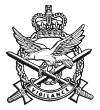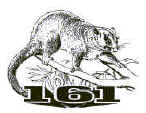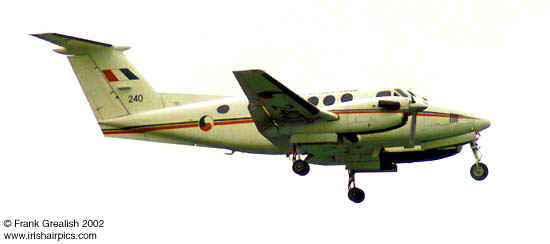 |
|
|||
|
|
||||
 |
Auster AOP 3 The Australian Army allocated Artillery Officers as pilots to the British Commonwealth Division in Korea from 1951 to 1953. Flying Austers these pilots performed a variety of duties, including recon and artillery direction, gaining experience which was to prove valuable in the raising of No 1 Army Aviation Company in 1957. One of these pilots, Captain B. Luscombe was killed during a sortie, and in 1966 the First Australian Task Force's airfield at Nui Dat, South Vietnam was subsequently named after him. Army pilots continued to fly after the Korean War, operating mainly civil aircraft chartered to the army. |
|
The
war in Vietnam and Australia's decision to support the allies in this
war saw for the first time since 1919 a flying unit of the Australian
Army enter into combat. On the 29 September 1965, in Viet Nam, Captain Bevan Smith, the senior of the two aviators with the aircraft, was advised that he had to select a suitable call-sign beginning with the letter 'P' before the aircraft could fly north to Bien Hoa, with a flash of brilliance, he chose 'POSSUM' and this word has become enshrined in the annuals of Army Aviation history. |
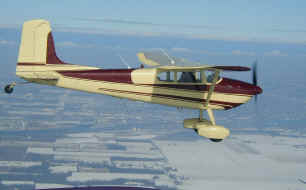 |
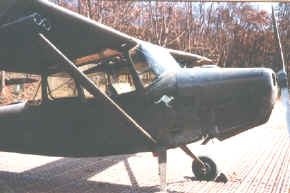 |
| Cessna 180 (above
in civilian colours) Only seven Cessna 180's were deployed to South Vietnam for operational
service with 161 Recce Flt from September 1965 until February 1971. Only
three of the seven Cessna's were lost/destroyed whilst in Vietnam, and
no pilots were lost whilst flying a Cessna 180's.
Note: Maj George Constable, OC of 161, whilst flying a Cessna O-1G Bird Dog (which was on extended loan from the US Army) was shot down by enemy small arms fire and crash landed. Maj Constable died in the aircraft and the aircraft was destroyed. At the time he was shot down he was flying a vehicle convoy cover mission for an Australian convoy returning from Fire Support Base Coral. see photo above right In 1971 the Cessna's were finally replaced in Vietnam by the Pilatus Porter and the last flight of an Australian Cessna 180 in Vietnam was carried out on 14 Feb 71. The pilot was Dennis Coffey and with an escort of Porter aircraft flew in formation to mark the end of the Cessna's service in Vietnam. Whilst in Vietnam the seven Cessna's flew a total of 16,150 hours and carried out 11,169 sorties. |
|
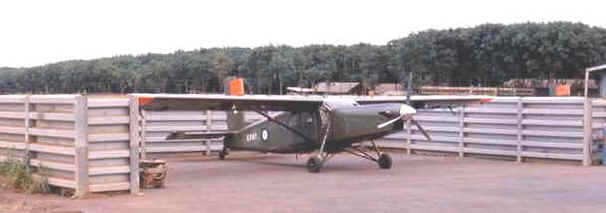
|
 |
Pilatus Porter photo above in SVN photo left Bob Starkey & Snowy Mountains Authority who also used the Porter. |
||
The
Pilatus Porter PT6
Aircraft was an eight seater, high wing monoplane of all metal
construction with a conventional (tail wheel) undercarriage. It was
powered by a 550 shaft horse power Pratt and Whitney PT6 turbine engine
fitted with a constant speed propeller unit with reverse pitch
capability.
|
|||
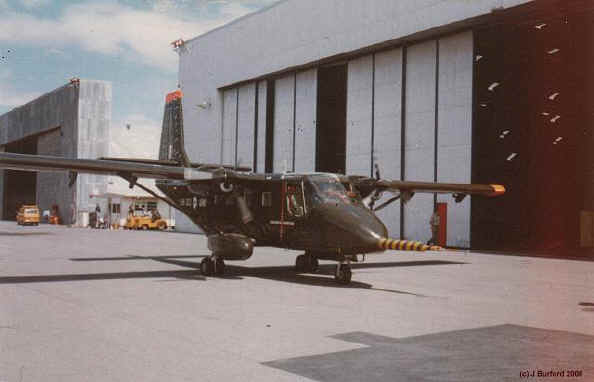 |
|
The Nomad is a small, high-wing, short-field takeoff & landing (STOL) aircraft. It was designed as a multi-role transport aircraft, intended for civil and military use. Nomad was designed by the Australian Government Aircraft Factory (GAF) in 1965. The first prototypes were flown in 1971 and production concluded in 1984. 170 were built in the short-fuselage N22 (13 passenger) and long-fuselage N24 (17 passenger) versions. Just over half of these twin turboprop aircraft are still in service. |
 |
|
Embraer Bandeirantes The design of this 'Brazilian' aircraft began with Frenchman Max Holste before being taken over by the state EMBRAER (Empresa Brasileira de Aeronautica SA) organisation. Intended as a light transport for the Brazilian Air Force (FAB), three prototype YC-95 aircraft were built and the first flew on October 26, 1968. The aircraft went into production in 1972, with the first production model completed in August. Deliveries to the Brazilian Air Force commenced the following year. Australia and New Zealand both became customers. |
|
|
|
Beechcraft Super King Air The Beechcraft Super King Air is a pressurized twin engine turbine powered aircraft. It can be configured with a full Medivac interior. It is equipped with a large cargo door and high floatation gear for gravel strip landing capability. |
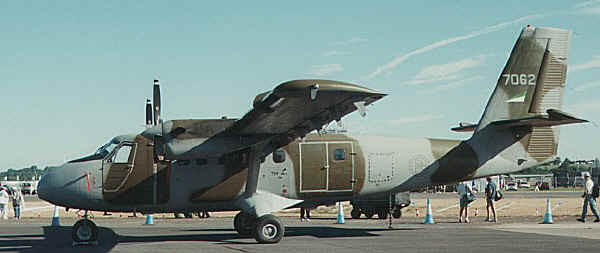 |
|
De Havilland Canada Twin Otter |
- Other pages of interest . . .
- Many of the planes are shown here in the civilian form or in military colours of other nations as photos of them in Australian military colours are very difficult to come by.
